Steel is the most recycled material in the world because it has metallurgical properties that allow it to be recycled over and over again without any degradation in performance. There are three main categories of recycled steel including: home scrap; prompt scrap and obsolete scrap. Two out of every three tons of new steel are recycled from old steel, and the other third is virgin ore. It is still necessary to use new steel because steel is so strong that products made with it last a long time.
Benefits of Recycled Steel
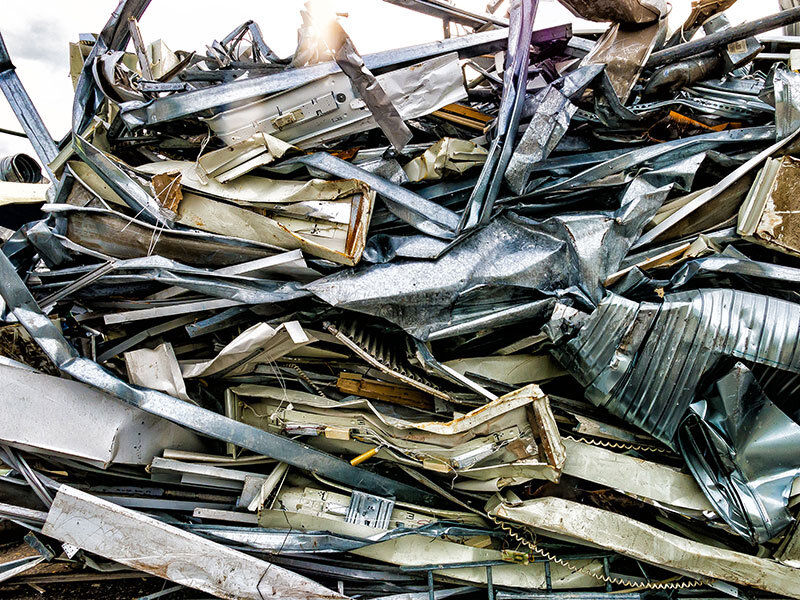
In addition to energy conservation, there is a reduction in the use of coal, iron ore, and limestone. These are all limited resources, meaning that there is a finite amount on earth. Studies show that every time one ton of steel is recycled, 1,400 pounds of coal and 2,500 pounds of iron ore are conserved.
Another incredible benefit of steel is that it can more or less be recycled an infinite number of times. This material doesn’t lose any of its strength, quality, or durability when it is recycled, so there is no downside. There are times when raw materials are mixed in during the manufacturing process, but the use of recycled steel is environmentally friendly and cost effective.
The benefits are widespread, and steel is the most recycled material on the planet. Appliances, vehicles, and construction materials are recycled with rates of up to 98%.
How Is Steel Recycled?

The scrapped steel is melted in a steel-making furnace that has a temperature of approximately 3,000 degrees. Steel cans will be mixed with other steel parts, such as automobiles. Once the steel is melted, it is cast into slabs and rolled into flat stock or steel sheets. The flat stock is cut into sections, rolled, and welded into tubes. This tubing can be assembled into a new product.
It is important to note that steel is 100% recyclable – so it should always be recycled. Recycling steel diverts it from the landfill, reduces the need to mine for more ore, and saves energy while lowering greenhouse gas emissions. Steel can be recycled an infinite number of times, and it doesn’t lose any of its properties in the process. This takes a nonrenewable resource and makes it renewable.
Physical and Chemical Properties of Steel
People often think that steel is a metal, but it is actually classified as an alloy, which is a blend of different metals. That said, the primary metal in the blend is always iron. Steel is the most significant material in the history of engineering and construction because of its properties.
Steel is best known for its durability, hardness, and toughness. It has a very high melting point, which is 1,510 degrees Celsius. This is higher than most metals including copper, which has a melting point almost 500 degrees lower. In addition, steel has a very high density at 7.9 grams per cubic meter. This is almost eight times as dense as water.
Steel is actually harder and stronger than iron, and at the same time, it is flexible and has high tensile strength, which means that it can withstand applied loads without losing its shape.
Steel is an alloy made of iron and carbon. It contains less than 2% carbon and 1% manganese, and it has small amounts of silicon, phosphorus, sulfur, and oxygen. It is strong enough to be used in every aspect of daily life, including buildings, cars, appliances, cargo ships, and more.
How Many Types of Steel Are There?
It is important to understand that steel is not a single individual product. In fact, there are over 3,500 different grades of steel, and each has different physical, chemical, and environmental properties. However, steel is categorised into four groups:
- Carbon Steel: This type only has trace amounts of elements other than carbon and iron. This group makes up approximately 90% of steel production. This category is further divided according to how much carbon is in the steel. It can be Low, Medium, or High.
- Alloy Steel: This type contains alloy elements, such as nickel, copper, chromium, and aluminium. These elements are added to the iron to influence the metal’s strength, corrosion resistance, machinability, and ductility.
- Stainless Steel: This type has 10% to 20% chromium as its alloying element, and it is desirable because of its high resistance to corrosion. This type of steel is often used in medical equipment, food processing equipment, piping, and cutting tools.
- Tool Steel: This type is used to make cutting and drilling equipment because it contains tungsten, molybdenum, cobalt, and vanadium to increase its resistance to heat.
What Types of Steel Products Are Recycled?
All steel can be and should be recycled. Many items are made of steel, and all of them are recycled. Take a look at the following:
- Vehicle Recycling: Vehicles are made of steel, and when they reach the end of their useful life, they can be recycled. They might be in waste yards, auto dismantling yards, or on people’s private properties. A steel recycling company can be called to come and pick these cars up to be taken away for recycling. First, the cars need to be compacted so they can travel to the recycling location. They can be with or without their original wheels and interiors. Vehicles do need their LPG gas tanks and refrigerant gases removed before they can be recycled, but then they can be melted down and turned back into steel.
- HMS (Heavy Melting Steel): This will include most industrial or commercial scrap steel that is more than 6 mm thick, such as steel plates, beams, columns, channels, merchant bars, farm machinery, farm implements, metal stampings, and offcuts.
- Pressing Steel: Pressing steel is found in domestic homes, and it includes scrap metals that are up to around 6 mm thick, such as Whitegoods (refrigerators, washing machines, and so on), roofing iron, hot water heaters, water tanks, and sheet metal offcuts.
- Rail: Rail includes Railway and Tramway tracks of all sizes.
- Turnings: Turnings are the leftovers after drilling or shaping steel occurs. They are also called Borings and Swarf.
- Reo: Reo includes the reinforcing bars or mesh that is used within concrete in construction projects.
- Manganese Steel: This type of steel is not magnetic, and it is a hardened form of steel that is used in the mining industry. It is also used in cement mixers, rock crushers, and other high impact and abrasive environments.
- Cast Iron: Cast iron includes items such as cast iron baths, machinery, pipe, and engine blocks.
What Can a Steel Recycling Company Do?
Steel recycling companies offer many different services to facilitate the recycling of steel. It doesn’t matter whether you are an individual doing a home clean up or a commercial center with large amounts of heavy steel, these companies are able to help you make and execute a steel recycling plan.
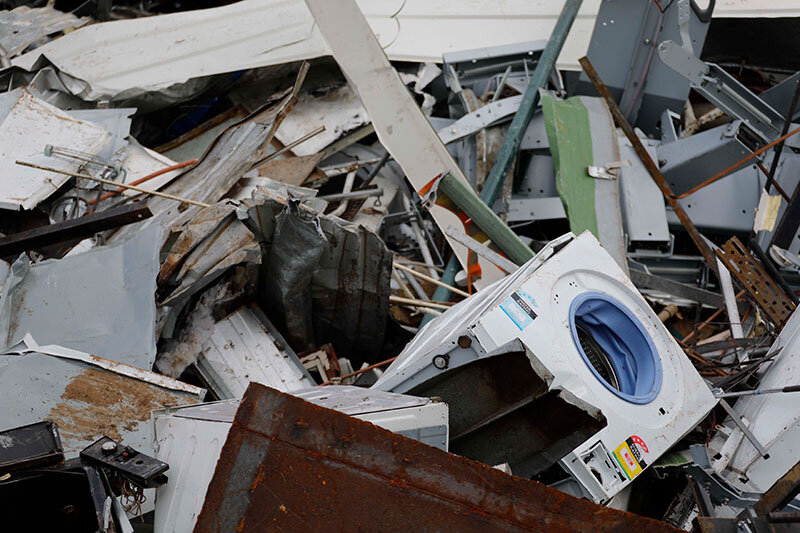
Domestic Service: For individuals who are cleaning out their home, they may have all kinds of scrap metal including major appliances, roofing iron, old baths, or electrical cables and plumbing. A steel recycling company can help them locate a scrap yard or provide a bin service for the clean up.
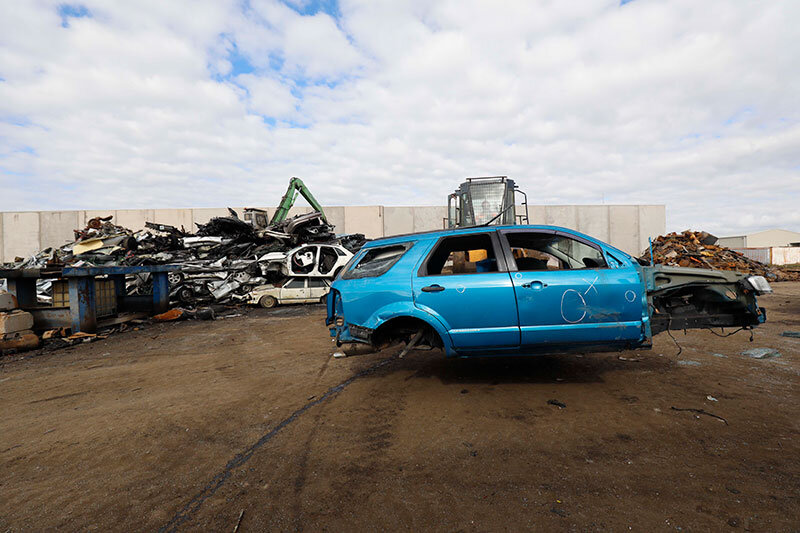
Car/Vehicle Recycling: No matter what kind of car or cars a person or a business has for recycling, a steel recycling company can handle it. They have specialised compactors that can go and pick up the vehicles from waste disposal sites, auto dismantling yards, and private properties. They can pick up large quantities or smaller ones, and they can take them to their recycling facilities for you.
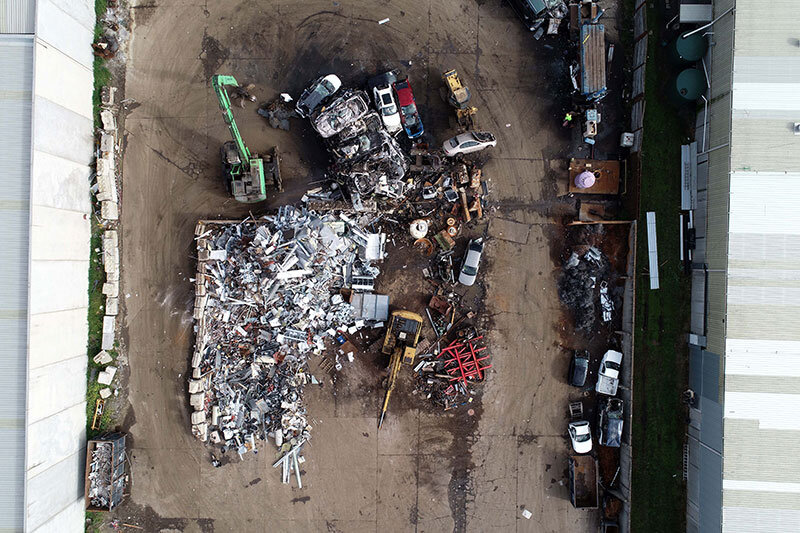
Site Property Services: Steel recycling companies are able to organise the transport and logistics for sites that have steel that needs to be collected for recycling. They will have mobile plants and equipment, including balers, car compactors, mobile shears, magnets, and grabs. This gives them the ability to come in and clear your property for you. When they bale or compact your scrap metals, they can haul off up to four times as much steel for recycling.
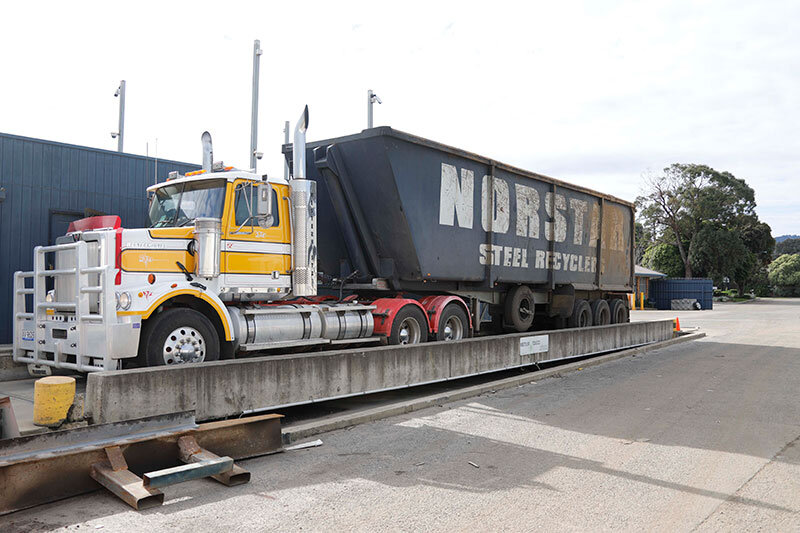
Bin Services: Steel recycling companies have bin services available. They can drop off a bin of and shape and size for you to fill at your convenience. Because they have their own transport with experienced operators, they can arrange for the pick up as soon as you are ready for it to depart.
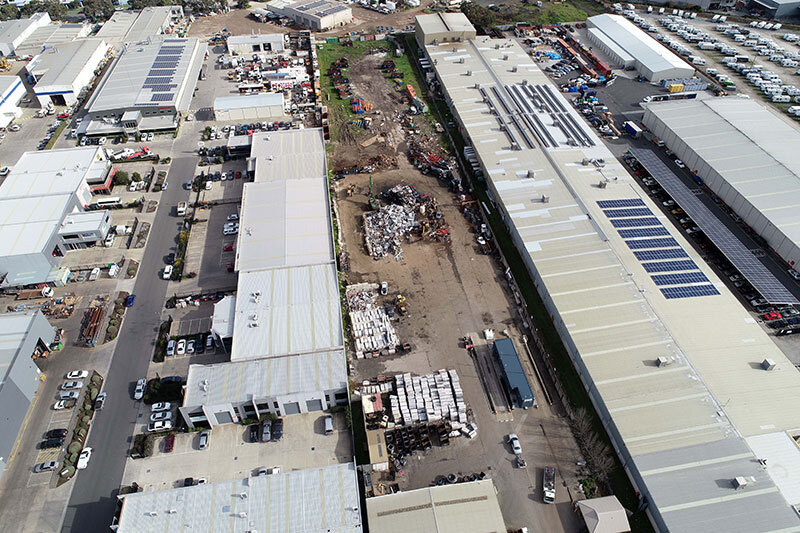
Industrial and Commercial Services: In addition, steel recycling companies partner with industries and commercial centers to make a plan for steel recycling needs. They can help you design the program that is best for your specific recycling needs and they can implement it for you.
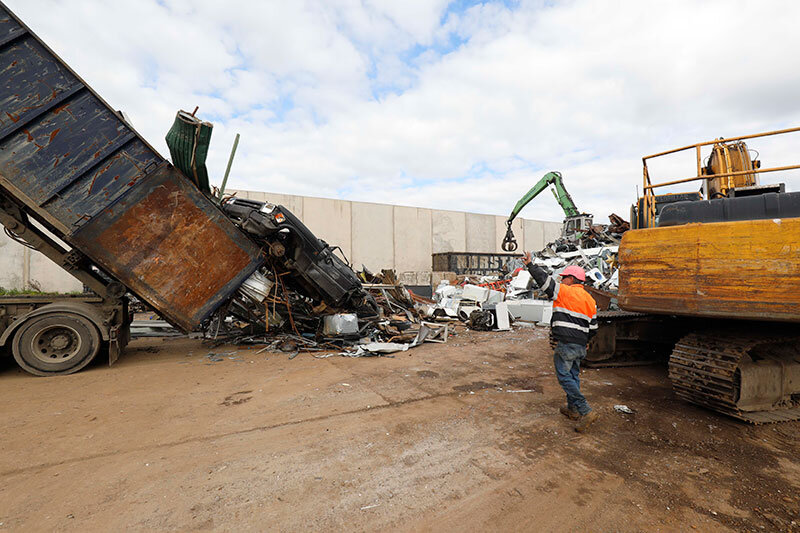
Council/Transfer Station Services: Steel recycling companies will have a great deal of experience in the recycling industry, and they will have long-standing relationships with national, state, and local organisations and governments and privately owned tips and transfer stations. They can help businesses and people make a comprehensive plan to address their steel recycling needs whether it is once or on an ongoing basis.
Other Materials
In addition to steel, steel recycling companies can also recycle other nonferrous materials. This includes metals that are not made of iron, such as aluminium, nickel, copper, brass, lead, zinc, and more. It also includes precious metals, such as gold and silver. Nonferrous metal recycling ranks third behind steel and paper.
Final Words
Steel is the most recycled material in the world because it doesn’t lose any of its properties when it is melted and formed for future use. It is also one of the most significant materials in the world because it is so durable and tensile. It has an extremely high melting point, which makes it a solid durable choice for constructing buildings, vehicles, and so much more.
When a building is torn down or a vehicle reaches the end of its useful life, the steel can be picked up by a recycling company and taken off to be recycled. Recycling companies offer solutions to domestic homes, companies, and industries that have steel that needs to be recycled. They can bring compactors on site to take away cars and trucks, and they offer bins in all shapes and sizes that can be left and picked up as soon as they are full.
These recycling companies also sell recycled steel and other recycled materials to anyone who needs to buy scrap metals. Steel is a nonrenewable resource, and it takes a great deal of energy to mine it. Recycling steel reduces air and water pollution, and it is good for the environment. Products that are made with recycled steel use 55% less energy than those made with new steel.
There is no change to the quality of a product made with recycled steel. Steel doesn’t lose any durability or strength in the process of recycling, and it can be recycled an infinite number of times without being compromised. Not only is recycling steel good for the environment, it costs less and makes economic sense.
What is the most recycled material in the world?
Steel is the most recycled material in the world because it has metallurgical properties that allow it to be recycled over and over again without any degradation in performance.
How is steel recycled?
It's collected, melted and turned into slabs and then steel sheets or tubes.
How many types of steel are there?
4 - carbon steel, alloy steel, stainless steel and tool steel.
What types of steel products are recycled?
Vehicles, heavy melting steel, pressing steel, rai, reo, manganese steel and cast iron
